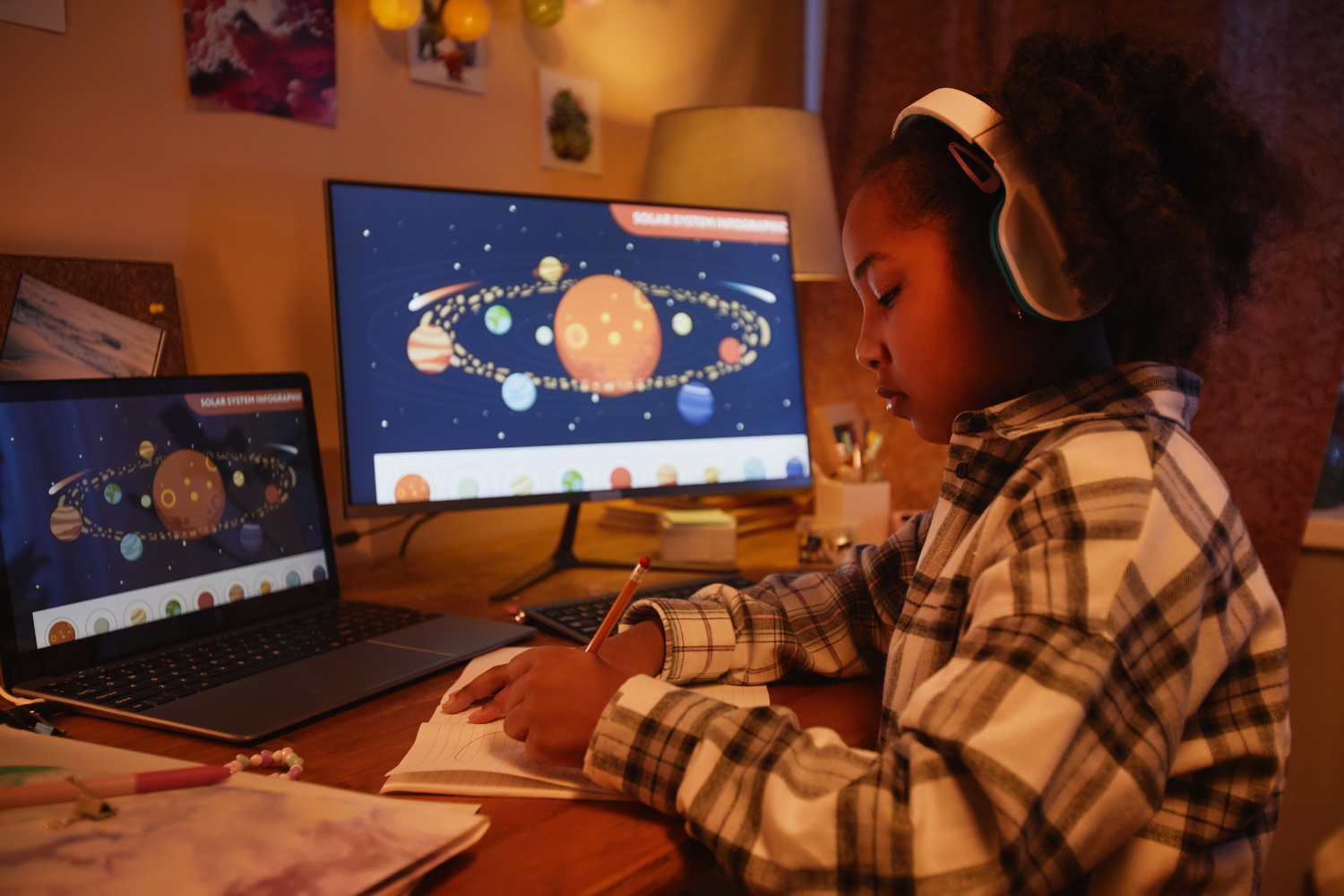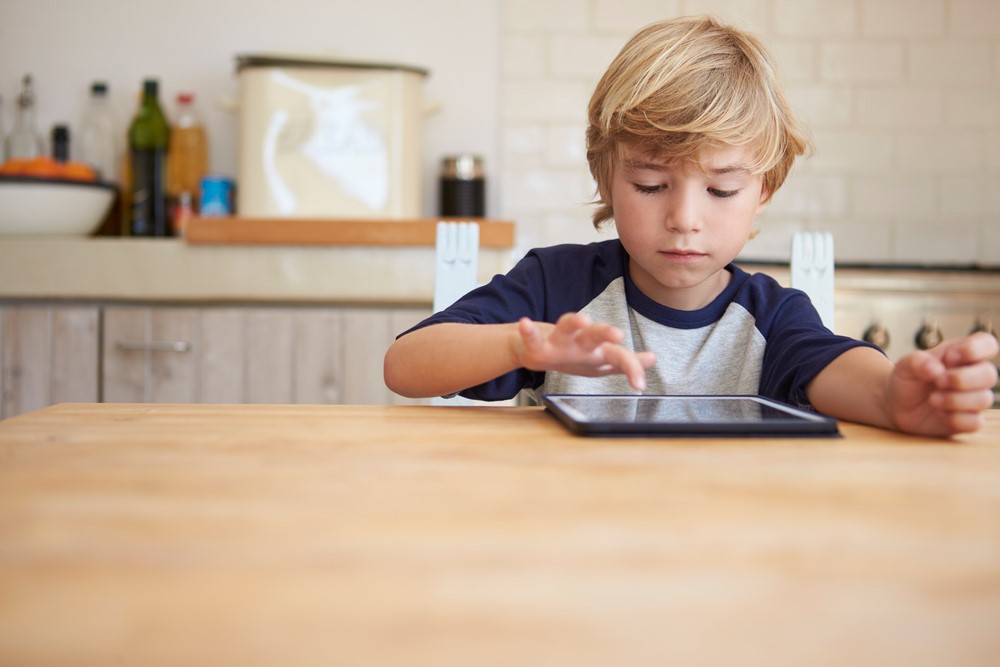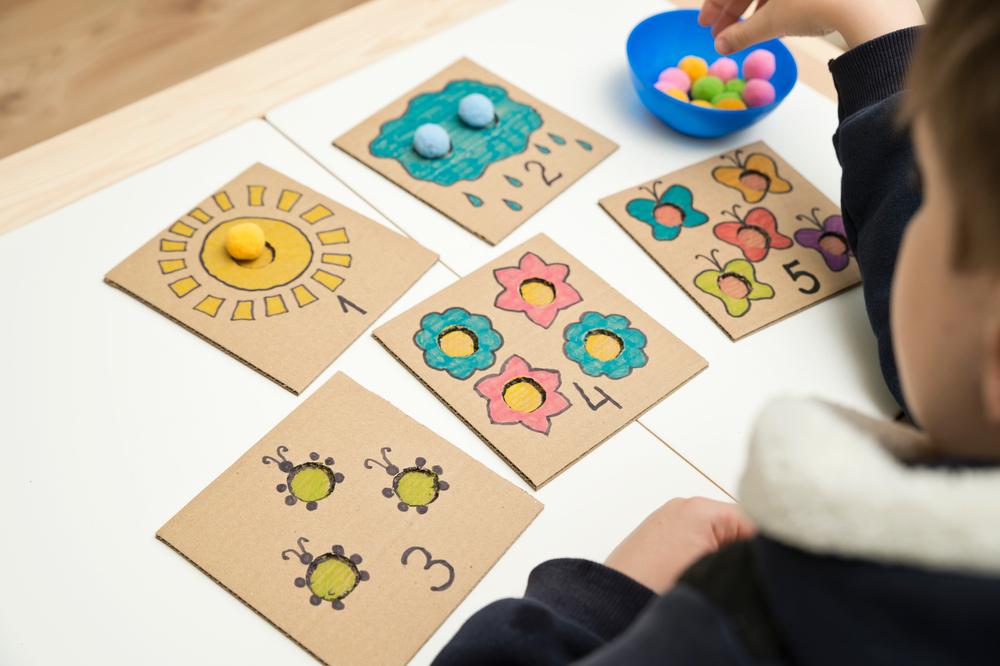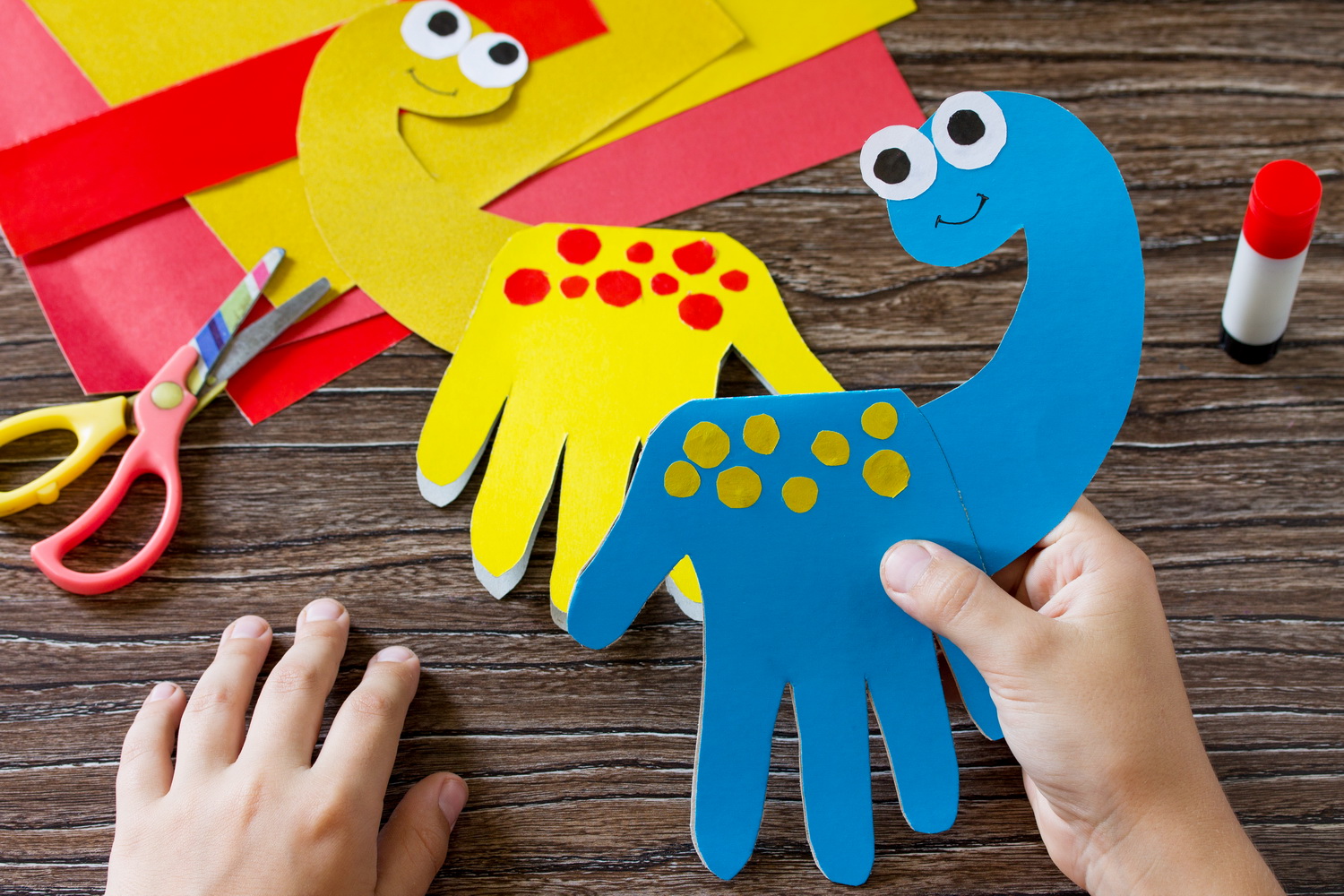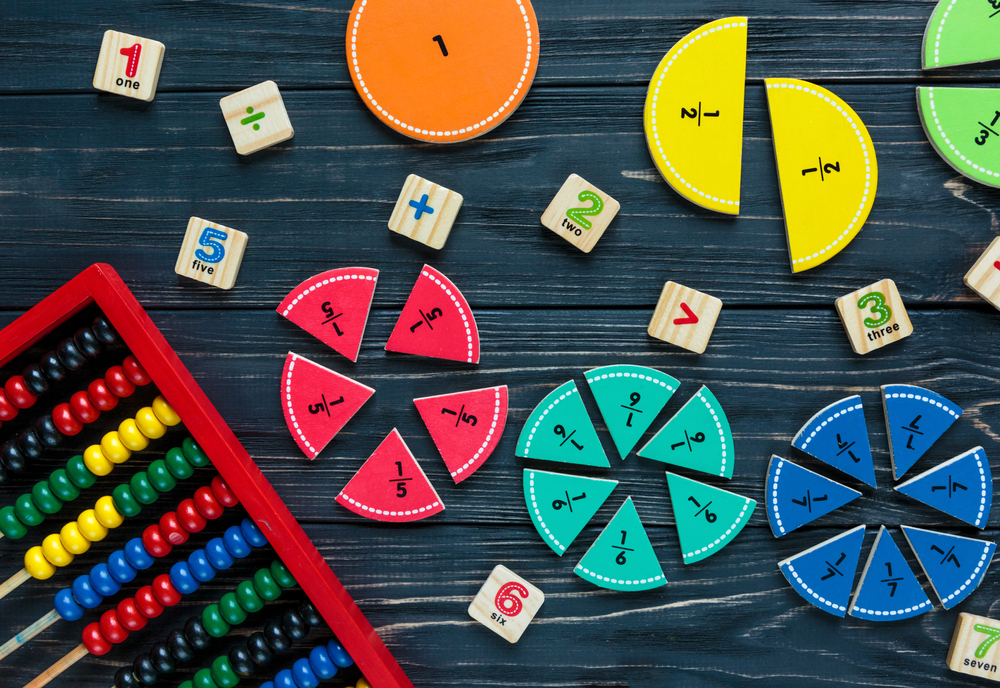Hands-on Ways To Practice Multiplication in Everyday Life and Play
June 22, 2022
Multiplication (actually math in general) can seem like an abstract concept that is difficult to think of in practical ways. As parents, we might think back to our days of learning multiplication, and remember how we were taught to memorize facts with flashcards and repeated practice. We were told that memorizing these facts were important, but we were never told why.
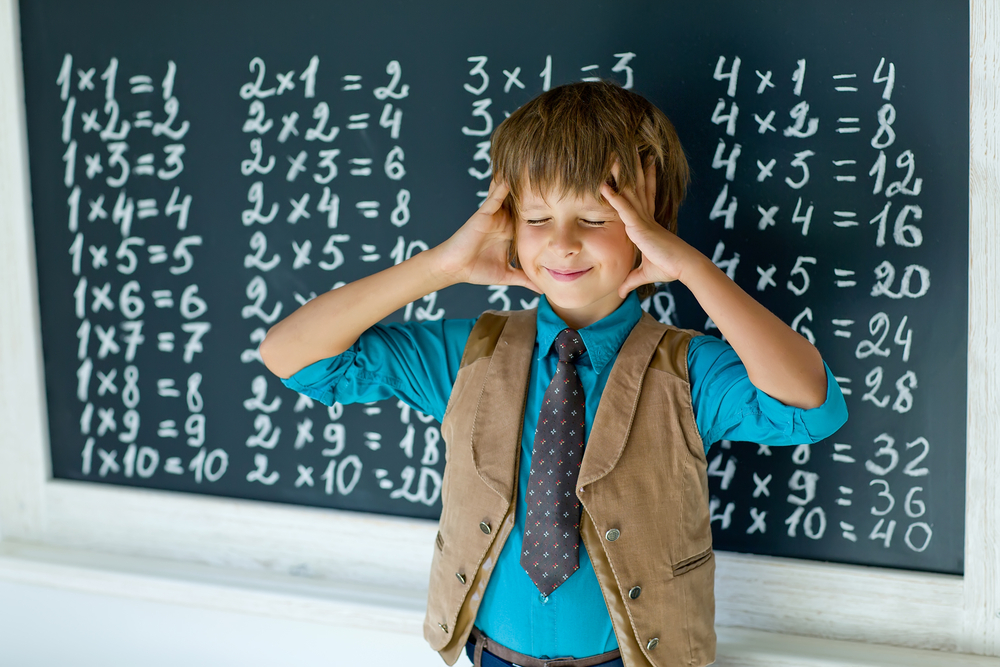
When we’re teaching our own children, it’s easy to revert back to the old teaching methods that we are most familiar with, even though memorization drills can become tedious and boring. But learning multiplication can actually be fun!
There are lots of opportunities to recognize how multiplication is related to our daily lives. The more that your child sees how multiplication can be used in our everyday lives through play and activities, the more comfortable and well-versed your child will become in multiplying numbers. Here are a few examples of learning games and activities that you and your child can do together to reinforce multiplication concepts. After trying out these activities, you can explore further ideas here.
Activities That Help Learn Multiplication While Play
A Math Twist on Hop-Scotch
Spend a sunny day outside with your child playing hopscotch. Using some colorful chalk, create a hopscotch path that ranges from 1-20. Rather than playing the traditional way, challenge your child to skip the rock to any number and recite a multiplication fact that equals that number before hopping to that number. For instance, imagine that the child tosses the rock to 8. They might say “4 times 2 equals 8” before jumping to that number. You might have your child create an additional hopscotch for you with larger numbers so that your child can also “quiz” you!
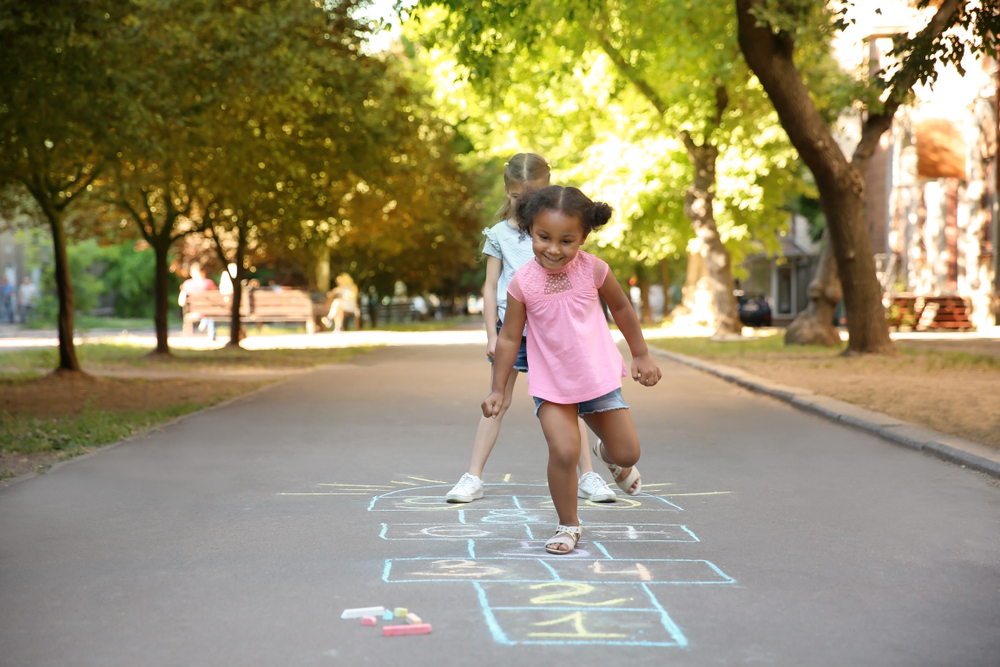
For younger children, you might also draw the squares closer together so that your child can easily hop several spaces. Encourage your child to skip count by 2s by hopping to 2,4,6 etc. Each time they hop, ask them to tell you how many times they’ve hopped and reinforce that each hop number times two equals the number that they land on.
Sorting Groups Game
Reinforce the concept of multiplication as a fast way of counting larger numbers. Start with 5-10 disposable cups and any number of small objects that are easy to count such as paper clips, beans, beads, or buttons. Sort even amounts of the objects into each cup. Then, on a dry erase board or a piece of paper, have your child count the objects in each cup and the amount of cups that there are to form a multiplication sentence using the multiplication sentence, “Number of objects in each cup times amount of cups equals___.” Have your child count the objects one at a time to show how much easier multiplication can make counting. Write down the amount in each cup using an addition sentence as well so that your child can see how addition is related to multiplication. For example, 2 objects in each cup times 5 cups equals ten, which can be written as 2x5 or 2+2+2+2+2.
Dollar Store Trip
Who doesn’t enjoy a trip to the dollar store? Your child will love buying something with their own money that they’ve counted themselves. Encourage multiplication skills through skip counting while encouraging independence. Round up your pocket change and encourage your child to count using nickels, dimes, and pennies. Group the pennies by 5s, 10s, 2s, or any other number that you wish in order to “quick count,” or skip count, how many there are. Reinforce the multiplication by counting the number of pennies in each group times the amount of groups that there are and then create an addition sentence to reflect the same multiplication sentence. For example, 5 groups of 5 pennies is 25 pennies or 5+5+5+5+5 is equal to 25. This is a hands-on way for your child to see how multiplication is used in everyday life.
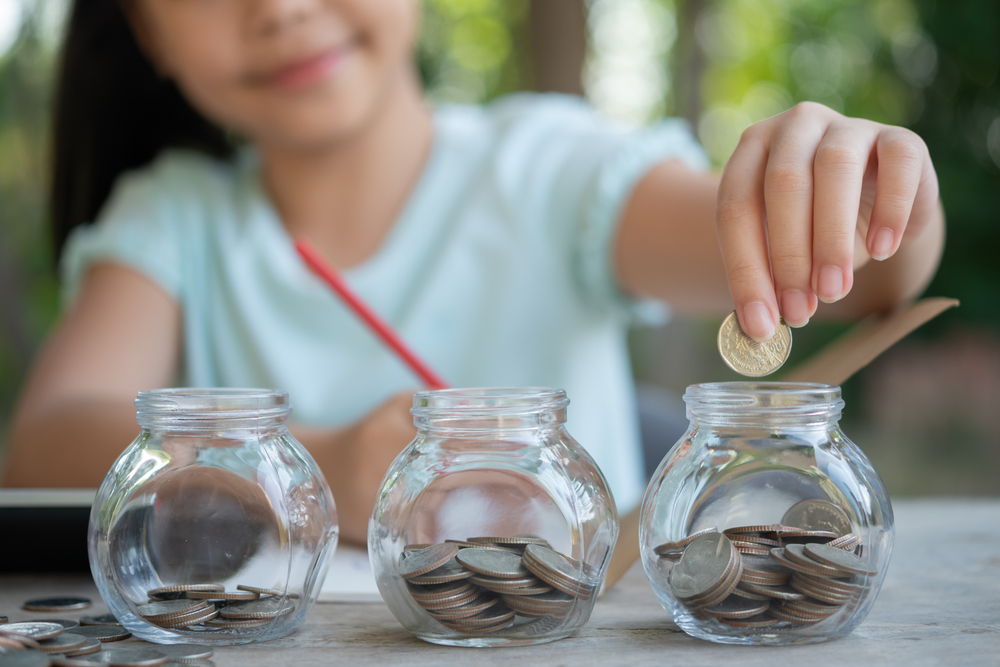
Of course, these are just a few examples of ways to reinforce the concept of multiplication through everyday life and play. There are countless other ways to practice this math skill. If you find that your child is having trouble engaging in these activities, it might be because they need additional practice understanding how multiplication is related to addition. Some powerful ways for your child to visualize this connection is for them to create arrays and practice using them to multiply. Check out this article on Using Arrays and Skip Counting to Teach Multiplication for creative ideas to use skip counting and arrays to help your child learn to multiply with ease. You can also explore these online games to have fun with multiplication.
If you're looking for other types of DIY ideas for your little ones check out this article featuring numerous home activities for children in different age groups.


